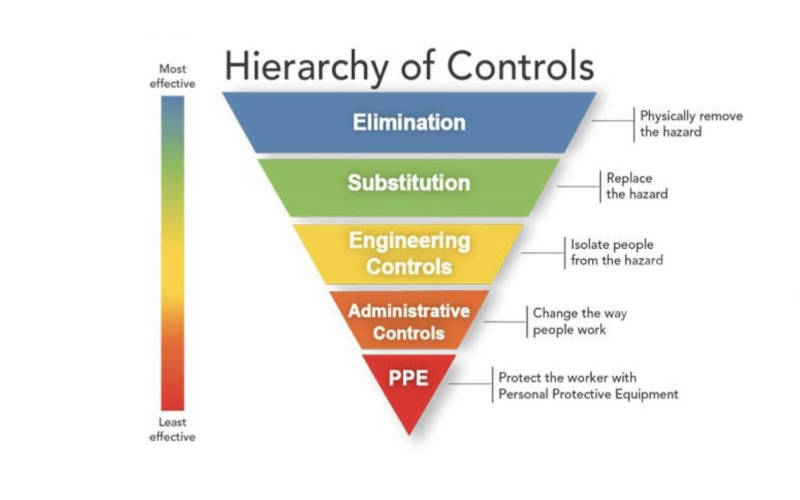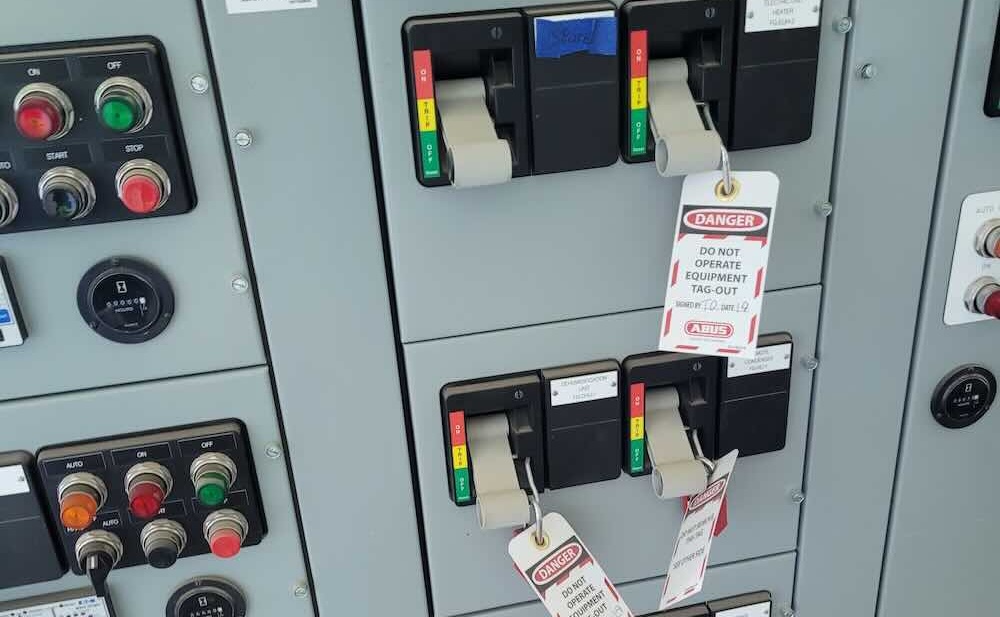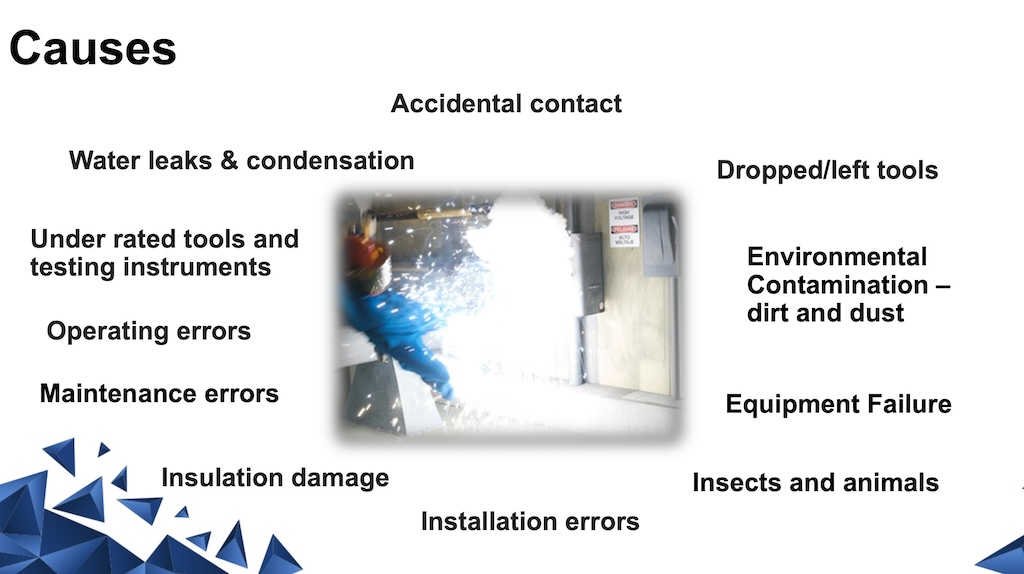The FR line of Amplitude, flame-resistant work wear fabrics meets required specifications such as NFPA 70E (HRC 2) and NFPA 2112 compliance.
The FR line of Amplitude, flame-resistant work wear fabrics meets required specifications such as ARC Flash NFPA 70E (HRC 2) and Flash Fire NFPA 2112 compliance. Engineered for comfort, the breathable fabric is made to last longer and features improved strength and color retention than previous designs.
Milliken & Co.
www.milliken.com



